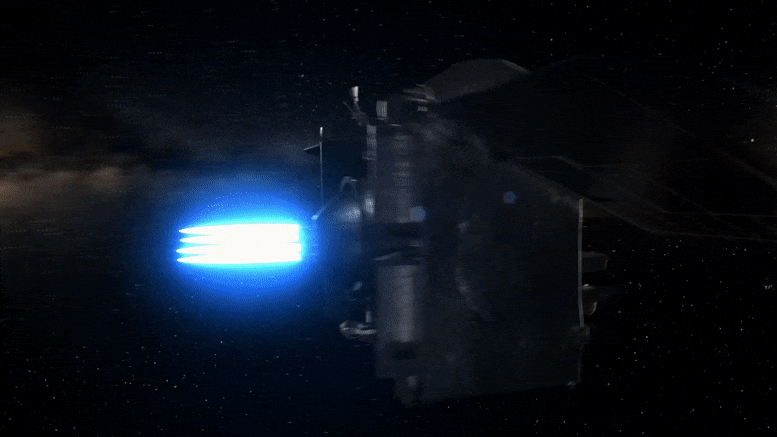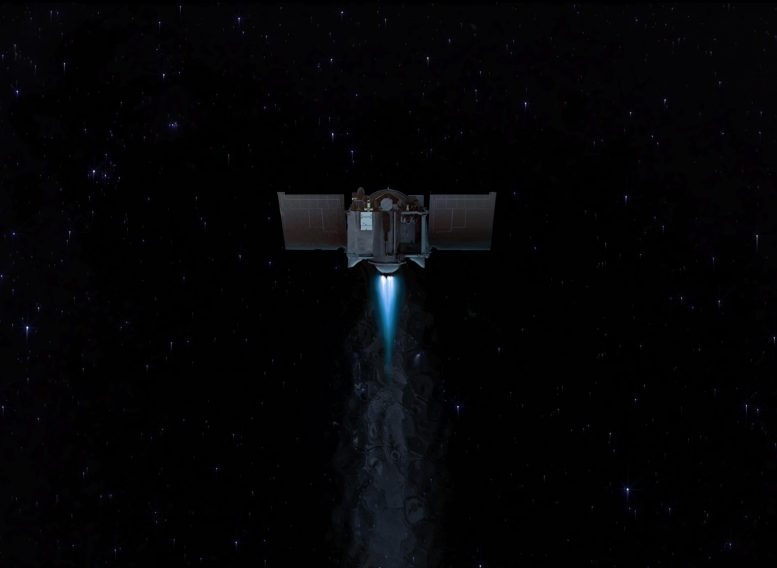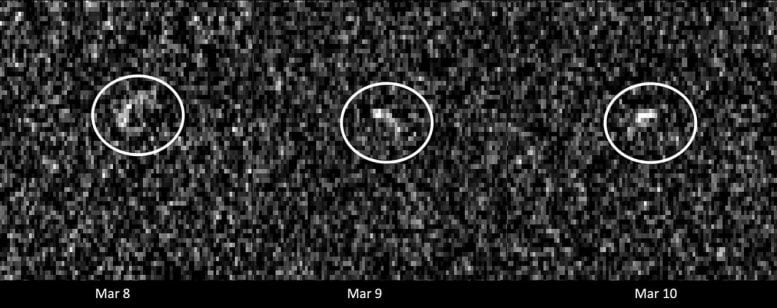By
The former OSIRIS-REx spacecraft sets off on a journey to study asteroid Apophis and take advantage of the asteroid’s 2029 flyby of Earth, the likes of which hasn’t happened since the dawn of recorded history.
At the end of a long-haul road trip, it might be time to kick up your feet and rest awhile – especially if it was a seven-year, 4-billion-mile journey to bring Earth a sample of asteroid Bennu. But OSIRIS-REx (Origins, Spectral Interpretation, Resource Identification and Security – Regolith Explorer), the NASA mission that accomplished this feat in September, is already well on its way (with a new name) to explore a new destination.
When OSIRIS-REx left Bennu in May 2021 with a sample aboard, its instruments were in great condition, and it still had a quarter of its fuel left. So instead of shutting down the spacecraft after it delivered the sample, the team proposed to dispatch it on a bonus mission to asteroid Apophis, with an expected arrival in April 2029. NASA agreed, and OSIRIS-APEX (Origins, Spectral Interpretation, Resource Identification, and Security – Apophis Explorer) was born.
This illustration shows the OSIRIS-REx spacecraft departing asteroid Bennu to begin its two-year journey back to Earth. Credit: NASA/Goddard/University of Arizona
READ FULL ARTICLE HERE…(scitechdaily.com)
Home | Caravan to Midnight (zutalk.com)








Be First to Comment